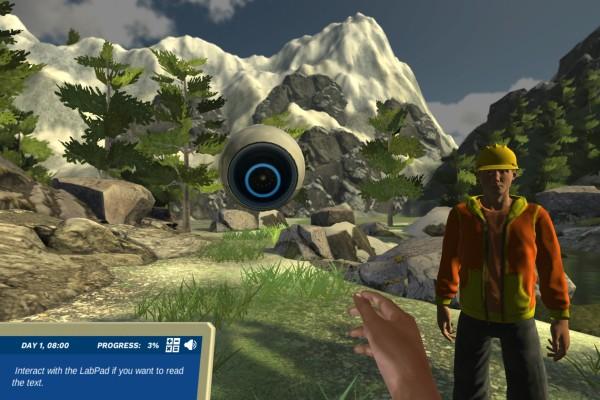
The water cycle is a continuous and dynamic process that involves the circulation of water on Earth. It comprises various hydrological processes and reservoirs that maintain the water balance. However, human activities have a notable impact on this delicate cycle. Deforestation and urban development disrupt the natural water cycle by reducing vegetation cover and increasing impermeable surfaces. As a result, surface runoff intensifies, infiltration decreases, and groundwater recharge is affected, leading to an elevated risk of floods during heavy precipitation.
Understanding the human impact on the water cycle is crucial for young scientists as it fosters environmental awareness and encourages responsible management of water resources. Educators can overcome challenges by employing the 5 innovative and creative approaches to design comprehensive lectures on these diverse topics.
Models serve as valuable tools for educators exploring the human impact on the water cycle. Both physical and digital models can be used to illustrate the continuous movement of water around the Earth. By observing the various stages of the water cycle (evaporation, condensation, precipitation, and runoff) and interacting with the factors involved, students can develop a comprehensive understanding of the topic. Enhancing lesson plans with interactive simulations allows students to explore the effects of deforestation and urban development, enabling them to grasp how human activities specifically influence hydrological processes. This approach promotes deeper comprehension and engagement with the subject matter.
One easy way to integrate this tool is by opting for Labster’s Water Cycle Simulation where students get an opportunity to apply their knowledge of the water cycle as they closely assess the impact of human influences on interception, infiltration, and surface runoff. It gets more exciting as students get a chance to avoid flooding in a virtual town!

A recent study by Bicen and Kocakoyun showed that by transforming lessons into games or incorporating gamification elements, students become active participants in their learning. This is why we recommend educators integrate a gamified approach into their study plans.
Labster engages its learners through a situation-based activity where students have to navigate their way through the detrimental effects of converting an entire forest into an urban jungle and inform a property developer of an ‘eco-conscious development plan’. This activity-based approach allows students to explore the consequences of human activities like deforestation and urban development on hydrological processes, and grasp the definitions of various terms related to the water cycle.
The advancements in technology in modern times have the potential to enhance the classroom teaching of abstract concepts like hydrological processes. Educators can use virtual lab experiences to help students immerse in virtual environments where they can ‘explore different hydrological stores of the planet’ without physically leaving their classrooms.
Online platforms like YouTube can be utilized to introduce students to recent updates on worldwide deforestation and urban development statistics, as well as news highlighting the significant depletion of global groundwater levels.

Linking a subject topic to its career prospects can motivate students to learn its importance in the long run as they understand the practical value of what they are learning. There is a high earning potential in the field of environmental engineering where knowledge of the water cycle will be prized. Environmental engineers work on designing and implementing solutions to address the challenges posed by human activities on the water cycle and overall environmental sustainability. With the increasing global focus on environmental conservation and sustainable development, environmental engineers are in demand, and their expertise can command high salaries.

Discover Labster's Human Impact on Water Cycle virtual lab today!
Connecting the subject to real-world scenarios will help learners see the purpose and relevance of their knowledge in this field. You can use the underlisted examples to show where this knowledge is applicable:
Teachers and educators need to invest extra efforts in employing modern tools and strategies to enhance understanding of the human impact on the water cycle among their students. This approach along with the usage of Labster’s Virtual Labs will equip the next generation of scientists with the proper tools to address water challenges effectively in the future!
Try our free 30-day All Access Educator's Pass today and teach with the Human Impact on Water Cycle simulation alongside 300+ other virtual labs!

Labster helps universities and high schools enhance student success in STEM.
Request DemoRequest a demo to discover how Labster helps high schools and universities enhance student success.
Request Demo